Table of Contents
Step-by-Step Seasoning Process for Vegetable Soup
Seasoning vegetable soup correctly is the key to unlocking its full flavor potential. Follow this precise method to achieve balanced, restaurant-quality results every time:
- Build the flavor base: Sauté 1 diced onion and 2-3 minced garlic cloves in 1-2 tbsp olive oil over medium heat for 3-4 minutes until fragrant but not browned.
- Add hardy herbs: Stir in 1 tsp dried thyme, 1 tsp dried rosemary, and 1/2 tsp dried oregano. Cook for 1 minute to release oils.
- Introduce salt gradually: Add 1/4 tsp salt per cup of soup. Simmer for 10 minutes, then taste and adjust in 1/8 tsp increments.
- Incorporate acid: Finish with 1 tbsp lemon juice or 1 tsp apple cider vinegar to brighten flavors.
- Add delicate herbs last: Stir in 2 tbsp fresh parsley or dill during the final 5 minutes of cooking.
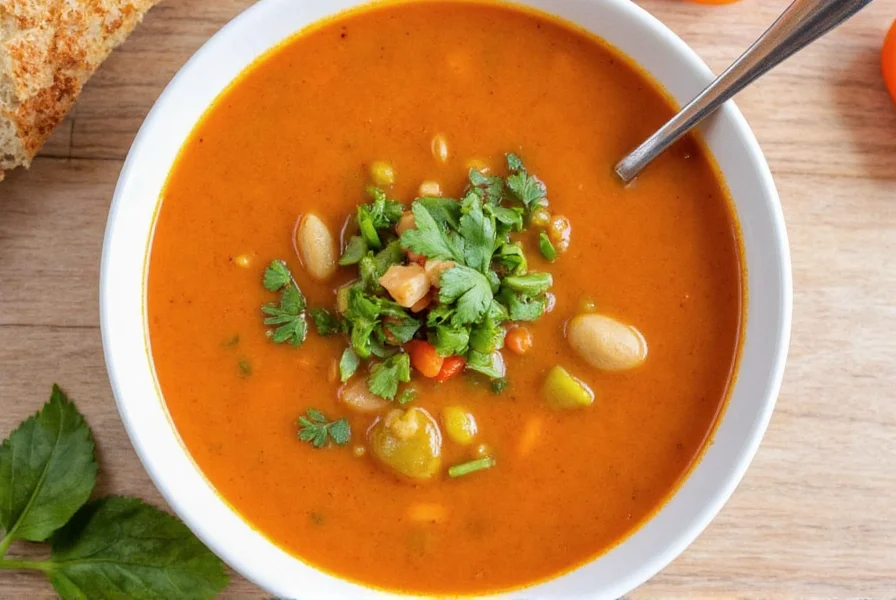
Essential Spices & Exact Measurements
These spices form the foundation of great vegetable soup. Use these precise measurements per quart (4 cups) of soup:
- Garlic: 2-3 cloves (minced) - sauté first for savory depth
- Onion: 1 medium (diced) - provides natural sweetness
- Salt: 1/4 tsp per cup (start with 1 tsp total, adjust after simmering)
- Black pepper: 1/2 tsp (freshly ground, added last 5 minutes)
- Thyme: 1 tsp dried (or 1 tbsp fresh) - add early for infusion
- Oregano: 1 tsp dried (or 1 tbsp fresh) - perfect for Mediterranean styles
- Acid: 1 tbsp lemon juice or vinegar - critical for balance
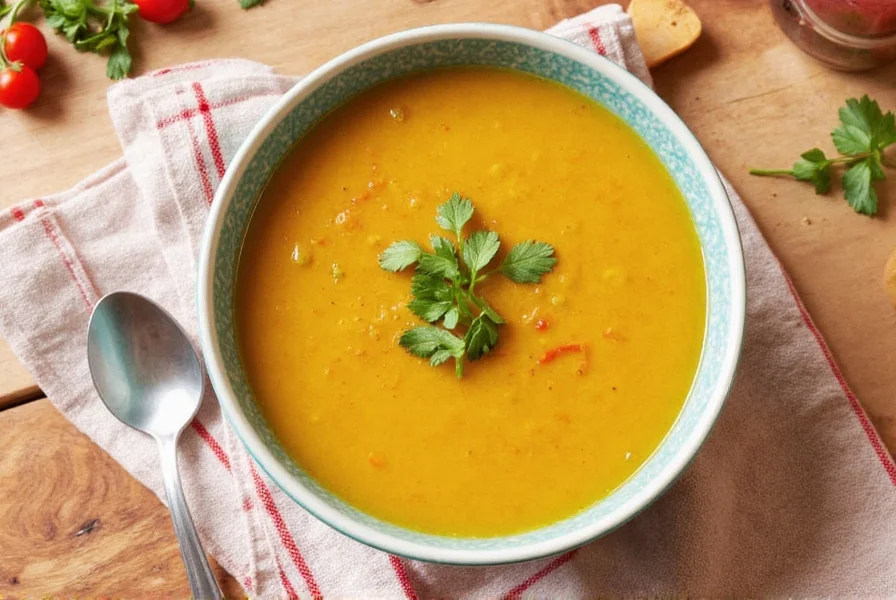
Pro Spice Combinations
| Combination | Flavor Profile | Exact Measurements per Quart | Best For |
|---|---|---|---|
| Garlic + Thyme + Rosemary | Earthy, aromatic | 2 cloves garlic, 1 tsp thyme, 1 tsp rosemary | Classic French onion soup |
| Cumin + Coriander + Turmeric | Warm, spicy, earthy | 1 tsp cumin, 1 tsp coriander, 1/2 tsp turmeric | Mexican or Indian-inspired soups |
| Oregano + Basil + Parsley | Herbaceous, fresh | 1 tsp dried oregano, 1 tsp dried basil, 2 tbsp fresh parsley | Italian vegetable soups |
| Black Pepper + Lemon Zest + Dill | Citrusy, refreshing | 1/2 tsp black pepper, zest of 1 lemon, 1 tbsp fresh dill | Clear broth or light vegetable broths |
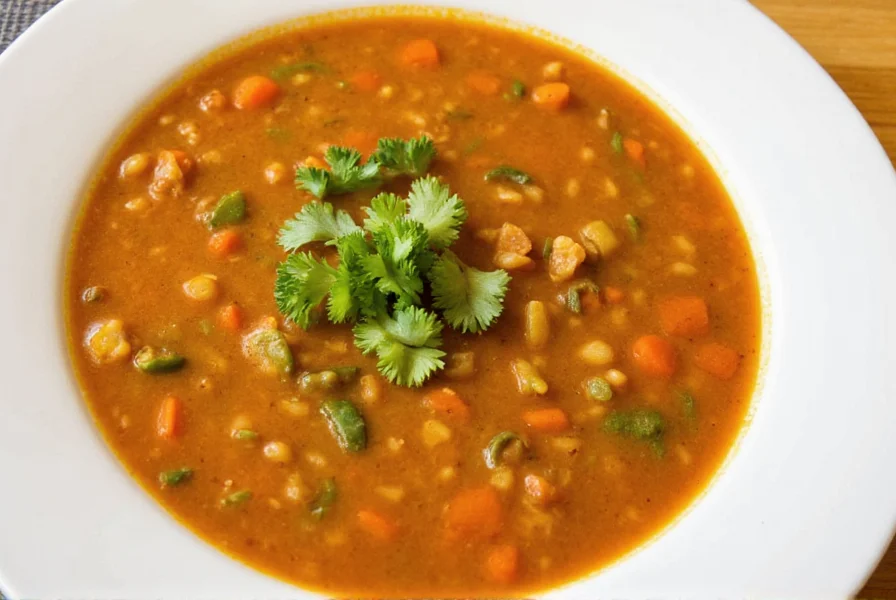
Critical Timing for Maximum Flavor
When you add spices makes all the difference. Follow these timing rules:
- Early stage (sautéing): Garlic, onions, dried herbs (thyme, rosemary, oregano), and spices like cumin or paprika. This allows flavors to bloom in oil.
- During simmering: Salt in small increments (1/8 tsp at a time), bay leaves, and whole spices. Simmer for at least 15 minutes to meld flavors.
- Last 5 minutes: Fresh herbs (parsley, dill, basil), black pepper, and acid (lemon juice/vinegar). This preserves their bright, fresh notes.
- After cooking: Adjust salt and acid if needed. Always taste before serving!
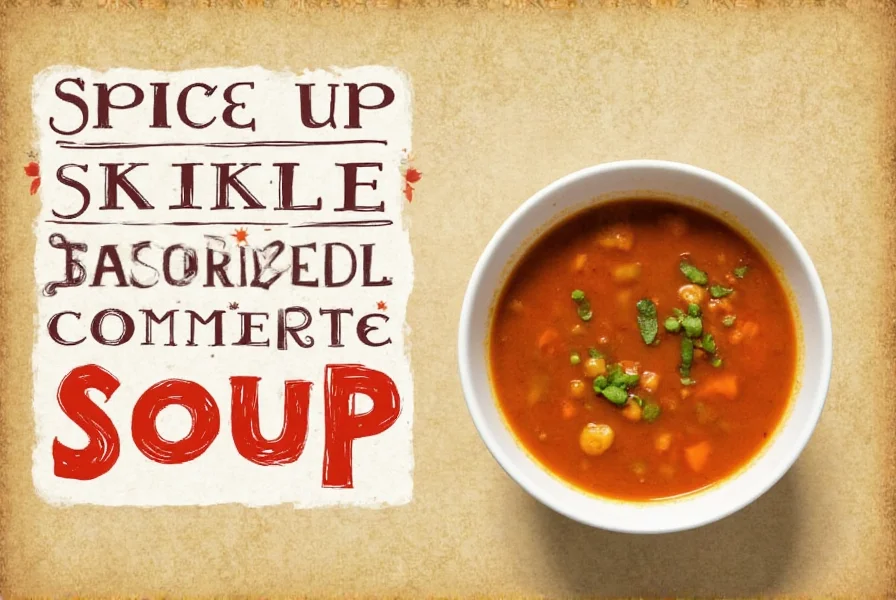
Make Your Own Seasoning Blends
Skip store-bought packets and create custom blends with these simple recipes:
Basic Vegetable Soup Blend
- 2 tbsp dried thyme
- 2 tbsp dried oregano
- 1 tbsp garlic powder
- 1 tbsp onion powder
- 1 tbsp black pepper
- 1 tbsp dried parsley
Use: 1-2 tsp per quart of soup. Add during sautéing stage.
Spicy Southwest Blend
- 1 tbsp cumin
- 1 tbsp smoked paprika
- 1 tsp chili powder
- 1/2 tsp coriander
- 1/2 tsp garlic powder
Use: 1 tsp per quart. Add with tomatoes or beans for Mexican-style soups.
Frequently Asked Questions
How much salt should I use in vegetable soup?
Start with 1/4 teaspoon per cup of soup. Add salt in stages: 1/3 during sautéing, 1/3 during simmering, and the final 1/3 at the end. Always taste before serving. Remember that store-bought broth contains salt, so adjust accordingly.
Why does my vegetable soup taste bland?
Most often because you didn't add enough acid. After adding salt, try 1 tablespoon of lemon juice or vinegar to brighten flavors. Also check if you sautéed aromatics properly - this builds the flavor foundation. Under-seasoning is more common than over-seasoning.
When should I add fresh vs dried herbs?
Dried herbs need time to rehydrate, so add them during sautéing or early simmering. Fresh herbs lose flavor when cooked too long, so add them in the last 5 minutes. As a rule: dried herbs = 1/3 the amount of fresh herbs.
Can I fix over-seasoned soup?
For too much salt: add peeled potato chunks to absorb salt, or dilute with unsalted broth/water. For too much spice: add dairy (coconut milk/yogurt) or sweetness (honey/sugar). For overpowering herbs: add more vegetables or broth to dilute. Prevention is best - always season gradually.
What's the most important seasoning for vegetable soup?
Salt is the foundation, but acid (lemon juice/vinegar) is equally critical. Without acid, vegetable soup will taste flat even with perfect salt levels. Always finish with 1-2 teaspoons of acid to brighten flavors.

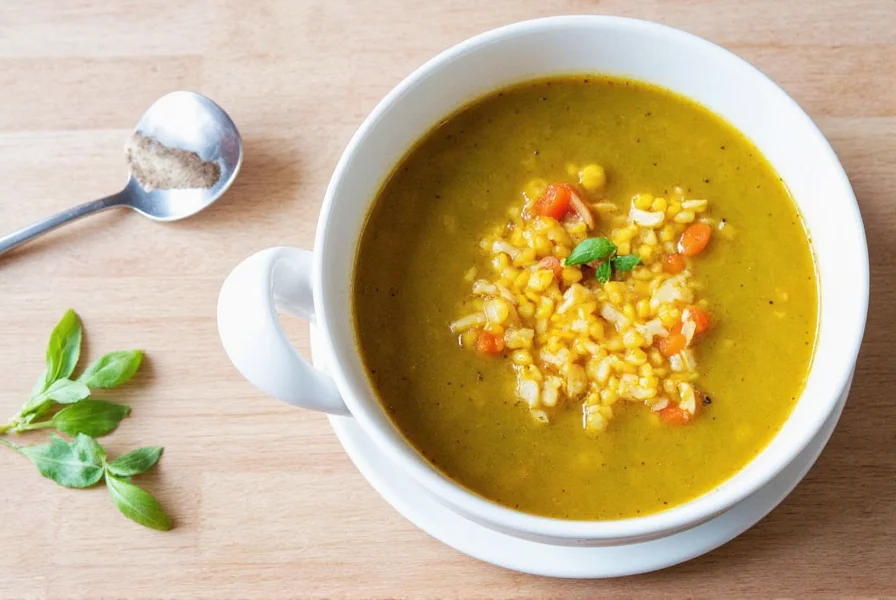









 浙公网安备
33010002000092号
浙公网安备
33010002000092号 浙B2-20120091-4
浙B2-20120091-4